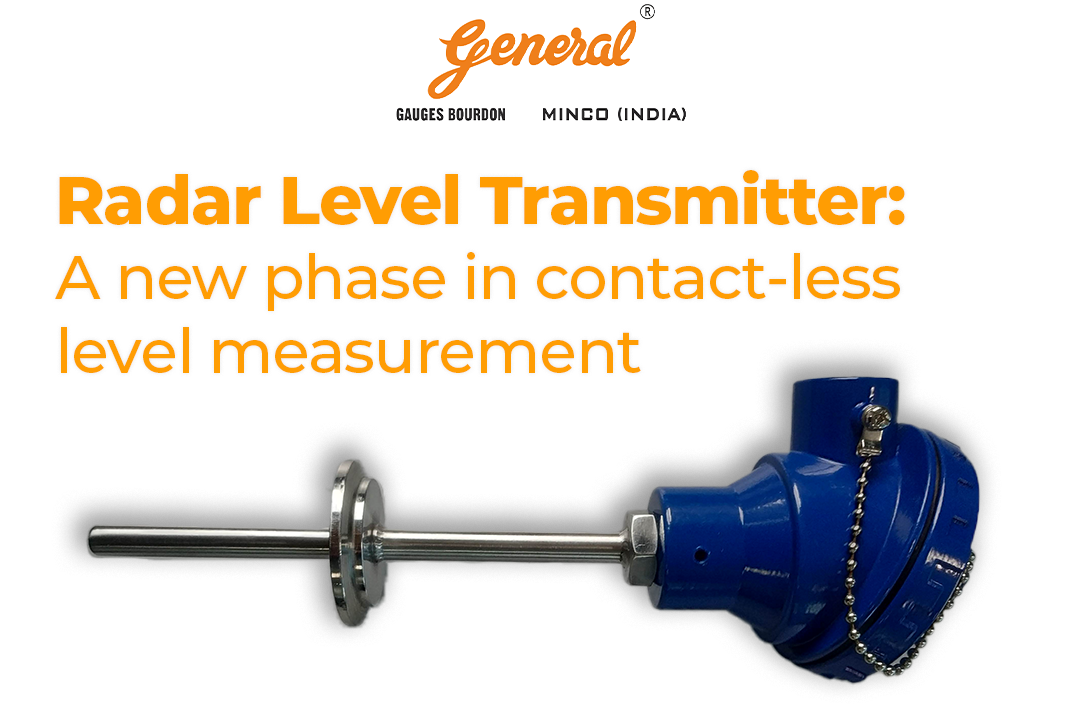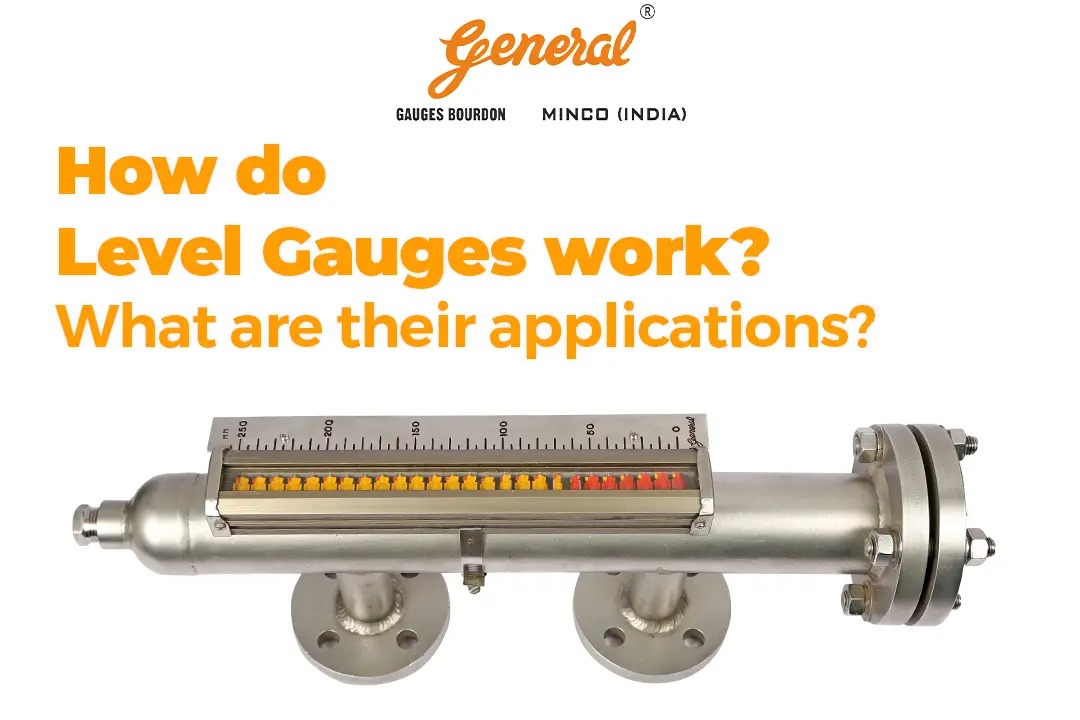Imagine you are a chef in a busy kitchen, and you are cooking a large pot of soup. The level gauges in your pot are like your senses, helping you to monitor the level of liquid in your pot and adjust the heat and ingredients accordingly.
Just as a chef uses their senses to taste and smell the soup and adjust the seasoning and heat, instrumentation managers rely on level gauges to monitor the liquid levels in tanks and vessels and adjust the chemical processes accordingly. Without level gauges, it would be like cooking a soup without tasting it, which would result in an unbalanced and potentially inedible dish.
In the chemical industry, level gauges provide instrumentation managers with critical information about the liquid levels in tanks and vessels, which they can use to optimize chemical processes, ensure safety, and prevent waste. They help instrumentation managers to make informed decisions about when to start and stop chemical reactions, when to add more ingredients or reagents, and when to transfer liquids to other equipment or containers.
Let us look at five ways Level Gauges help in the chemical industry.
Providing Accurate Readings
The primary function of a level gauge is to give an accurate reading of the fluid level in a tank or vessel. This information is crucial in the chemical industry. Gauges such as Magnetic Level Indicators help prevent overfilling or underfilling storage tanks, reactors, and distillation columns, which can lead to safety hazards or inefficiencies.
Enhancing Process Control
Level gauges are also used in the chemical industry to help improve process control. With accurate readings from reflex level gauges, operators can quickly adjust the process parameters, such as flow rate or temperature, to maintain optimal process conditions. This helps to improve process efficiency, reduce energy costs, and minimize waste.
Aiding Maintenance Planning
Level gauges can also help plan maintenance activities. By monitoring the fluid levels in tanks and vessels with the help of float and tape-type level gauges, operators can anticipate when maintenance is required. This will help minimize downtime and avoid unexpected maintenance issues.
Improving Safety
Safety is of utmost importance in the chemical industry, and level gauge manufacturers in India can help improve safety by providing early warning of potential hazards. For example, suppose a tank is overfilled. In that case, it can release toxic or flammable gases, posing a serious risk to employees and the environment. With accurate readings of a transparent level gauge, operators can quickly take action to prevent such incidents.
Streamlining Inventory Management
Effective inventory management is crucial in the chemical industry. Level gauges can help streamline inventory management by providing real-time information on fluid levels in tanks and vessels. Radar Level Transmitter Suppliers can help you optimize inventory levels, reducing the risk of stockouts or overstocking.
In conclusion, level gauges play a critical role in the chemical industry, providing accurate readings, enhancing process control, aiding maintenance planning, improving safety, and streamlining inventory management. Whether you need a reflex level gauge, or a magnetic level gauge, it is essential to choose a reliable and experienced supplier to ensure that your level measurement needs are met.
General Instruments Consortium has been leading the level gauge manufacturing industry in India for more than 5 decades. With a strong focus on problem-solving with innovative, customized solutions, Team General is always ready to help instrumentation managers get the most out of their instruments. Reach out to the General Instruments team today to ensure a comprehensive level measurement solution for your chemical industry operations.




